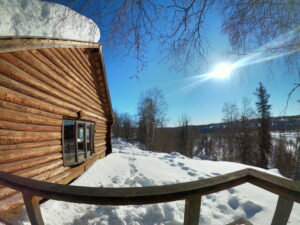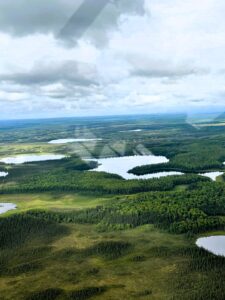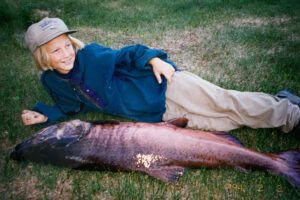Mastering the Art of Alaska Fly Fishing: Essential Tips and Trick

Alaska’s vast wilderness and pristine waters beckon fly-fishing enthusiasts from around the world. With its abundance of salmon, trout, and other prized species, Alaska offers a fly fishing experience unlike any other. Whether you’re a seasoned angler or a novice adventurer, mastering the art of fly fishing in Alaska can lead to unforgettable moments and trophy catches. In this guide, we’ll delve into the essential tips and tricks for success in Alaska’s legendary fly fishing scene.
1. Understanding the Terrain: Alaska’s diverse landscape presents a myriad of fly fishing opportunities, from remote rivers to picturesque lakes. Understanding the terrain and ecosystems of Alaska is crucial for fly anglers. Researching prime fly fishing locations, such as the Kenai River, Bristol Bay, or the Kvichak River, can help you plan your adventure effectively. Consider factors such as water conditions, fish species, and accessibility when choosing your fishing spot.
2. Gear Up for Success: Selecting the right gear is essential for a successful fly fishing excursion in Alaska. Invest in quality fly rods, reels, lines, and leaders suited to Alaska’s challenging conditions. Opt for versatile rod weights that can handle a variety of fish species, from feisty rainbow trout to powerful king salmon. Additionally, pack essential fly patterns that mimic Alaska’s prolific insect life, including salmon flies, egg patterns, and streamers.
3. Perfecting Your Cast: Mastering the art of casting is fundamental to fly fishing success in Alaska. Practice your casting techniques, including overhead casts, roll casts, and mending, to effectively present your flies to wary fish. Adapt your casting approach to different water conditions and obstacles, such as windy conditions or tight casting quarters. Remember, precision and finesse are key when enticing Alaska’s trophy fish to strike.
4. Embrace the Seasons: Alaska’s fly fishing seasons vary throughout the year, offering anglers unique opportunities to target different fish species. Spring and summer are prime seasons for targeting salmon runs, including the iconic king, sockeye, and coho salmon. Fall brings the spectacle of spawning salmon and the opportunity to target trophy rainbow trout and Dolly Varden. Winter, although challenging, offers solitude and the chance to pursue steelhead in select rivers.
5. Respect the Environment: As stewards of Alaska’s pristine wilderness, fly anglers must prioritize conservation and sustainability. Practice catch-and-release fishing whenever possible to ensure the longevity of Alaska’s fish populations. Respect wildlife and adhere to Leave No Trace principles when exploring remote fishing destinations. Support local conservation organizations and initiatives dedicated to preserving Alaska’s fisheries for future generations.
Alaska’s breathtaking landscapes and world-class fisheries make it a mecca for fly fishing enthusiasts seeking adventure and excitement. By mastering the art of fly fishing in Alaska and following these essential tips and tricks, you can elevate your angling experience and create unforgettable memories on the water.
For those eager to embark on their Alaska fly fishing adventure, Tal Adventures Lodge, nestled amidst the rugged beauty of Alaska’s wilderness, offers unparalleled access to some of the state’s most coveted fishing destinations. With expert guides, luxurious accommodations, and personalized service, Tal Adventures Lodge provides the perfect launching pad for your Alaskan fishing expedition. Visit us to learn more and start planning your dream fly fishing getaway in the heart of Alaska’s untamed wilderness.
For more information on fishing regulations, licenses, and conservation efforts in Alaska, be sure to visit the Alaska Department of Fish and Game’s website here. They provide valuable resources for anglers looking to explore Alaska’s diverse fisheries while ensuring the preservation of its natural resources.




